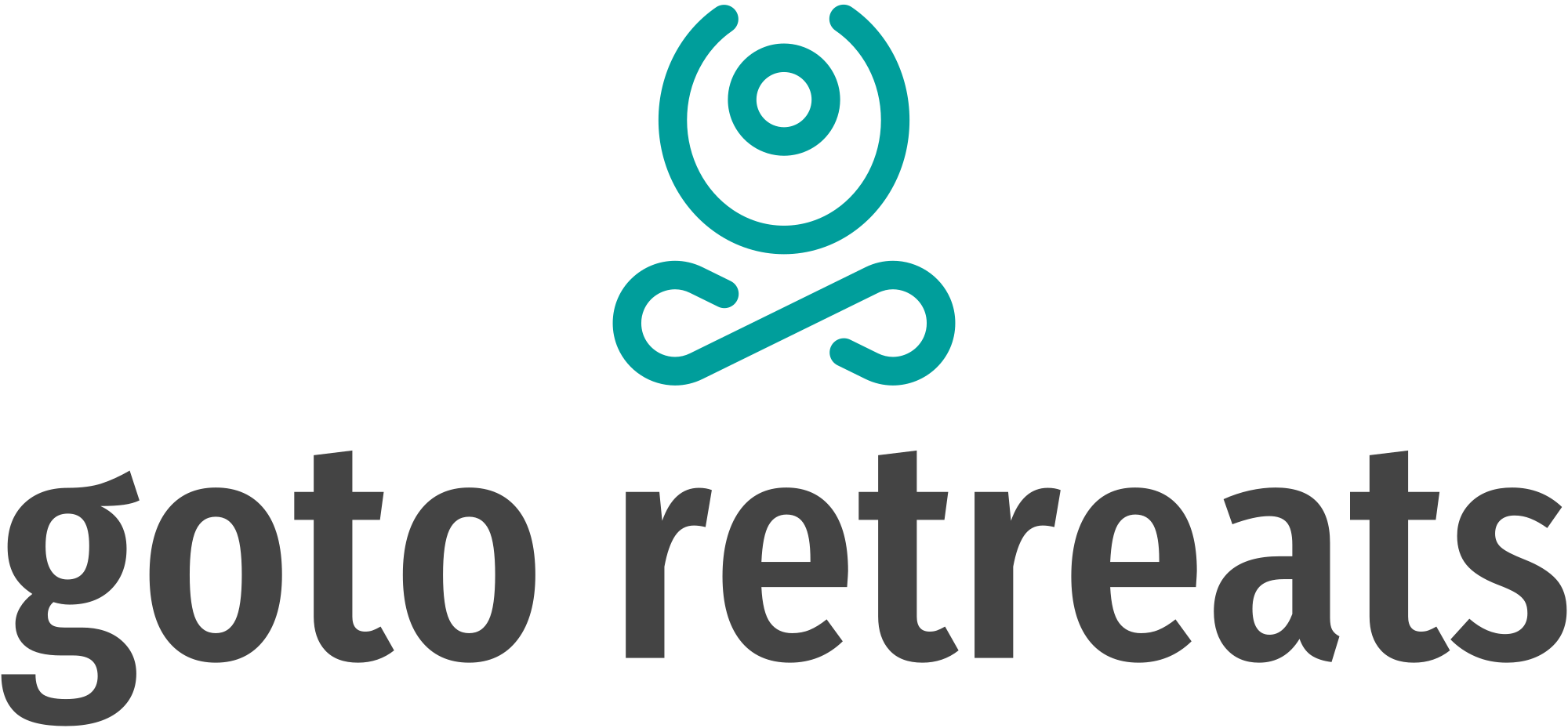In retreat hosting, storytelling transcends being just a tool; it becomes a bridge that forges meaningful, personal connections between hosts and attendees. Storytelling has the power to turn an ordinary retreat into an unforgettable journey, allowing participants to feel like they are part of a shared narrative. For retreat hosts, weaving stories throughout every stage—before, during, and after the retreat—creates a stronger bond with attendees, immersing them in the retreat’s purpose and mission.
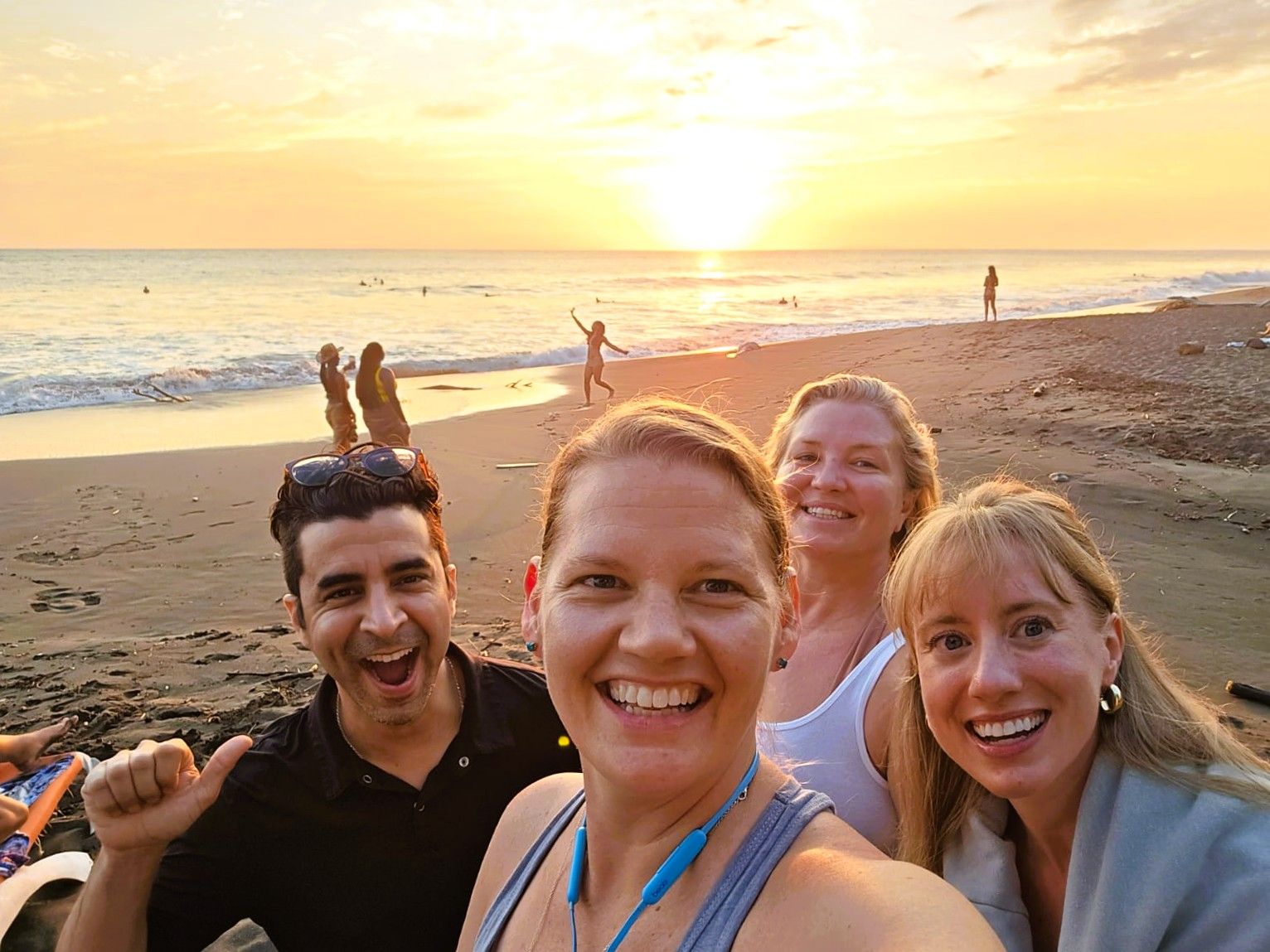
Using Storytelling to Connect with Attendees Before the Retreat
1.2 Using Visual Storytelling in Marketing Materials
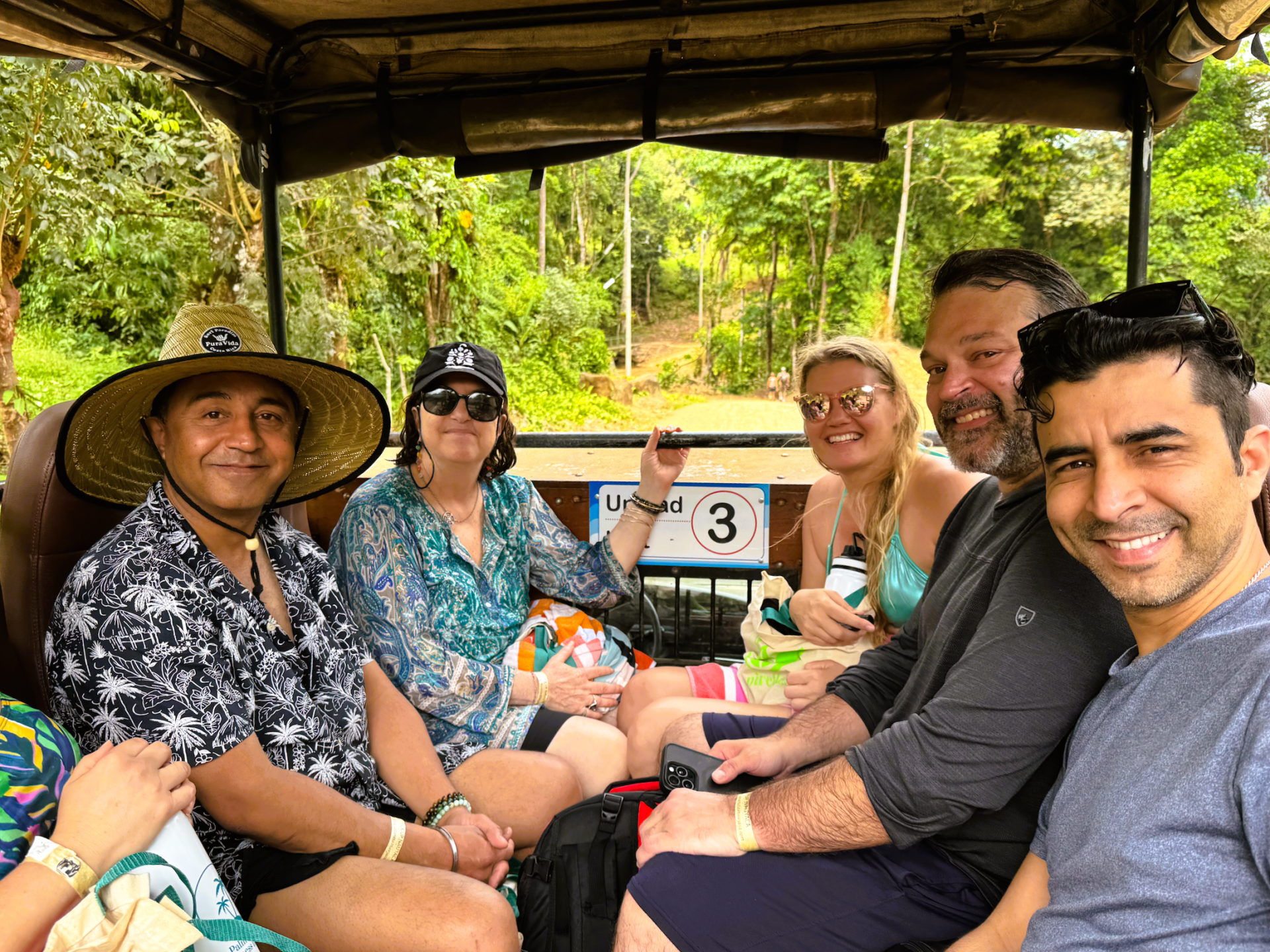
Storytelling During the Retreat to Create a Shared Narrative
2.1 Using Storytelling in Opening Circles
2.2 Infusing Storytelling into Activities and Workshops
Each activity is an opportunity to weave in stories that enhance understanding and engagement. Consider these techniques:
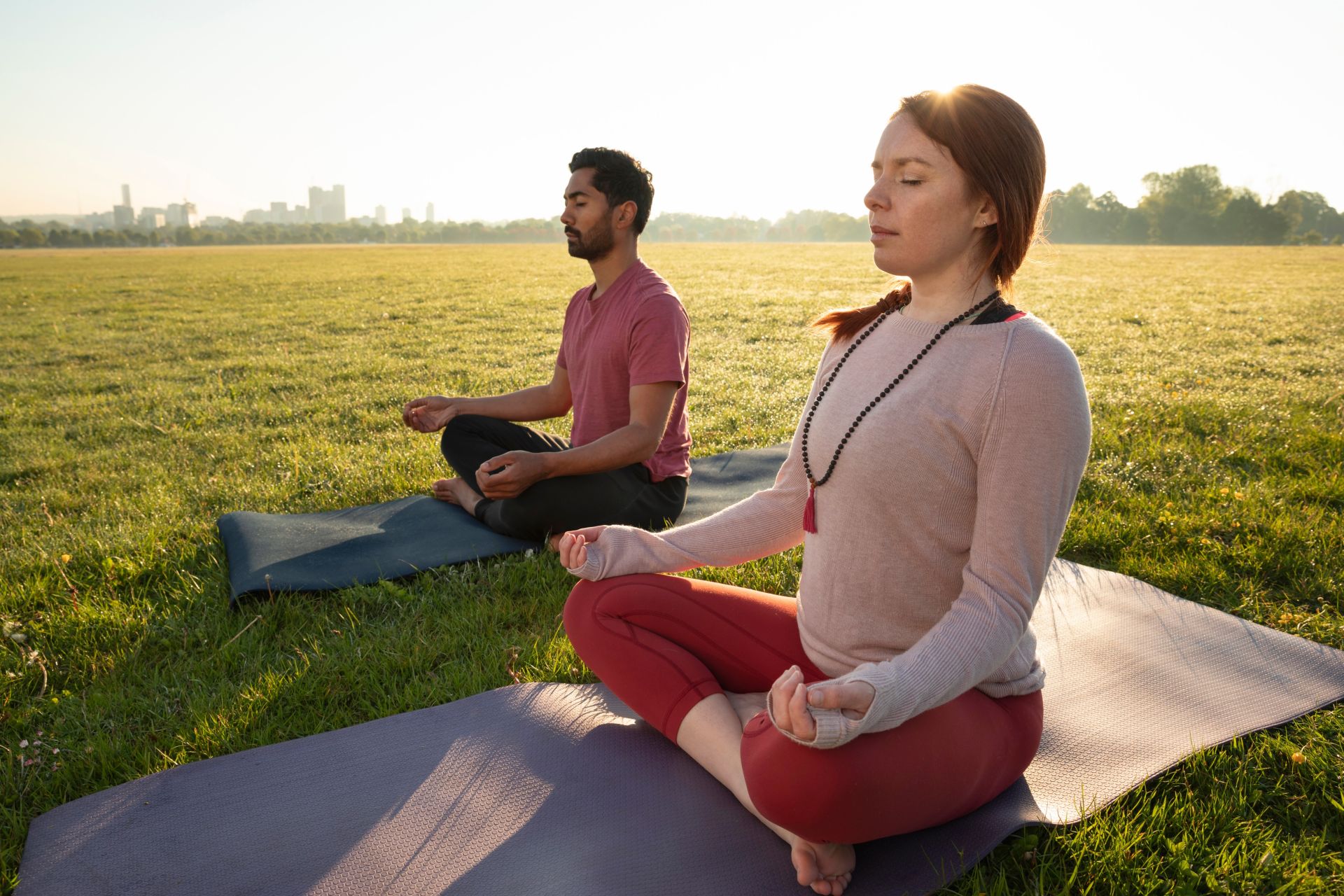
Continuing the Connection Through Storytelling After the Retreat
3.1 Gathering and Sharing Testimonials
3.2 Maintaining Engagement Through Follow-Up Emails
The storytelling process can continue through post-retreat communications, helping attendees integrate the experience into their lives. Here’s how:
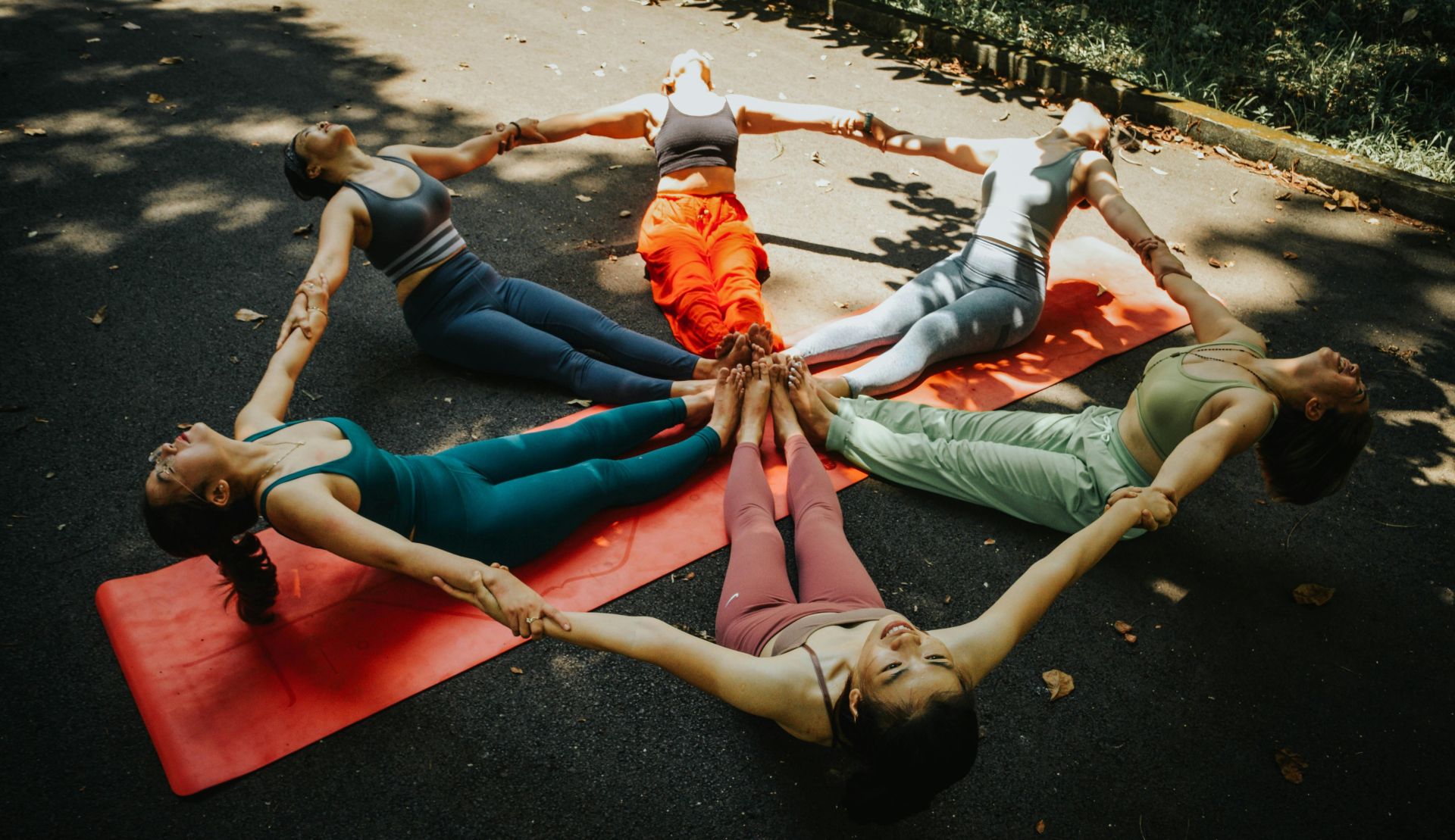
Techniques to Convey the Retreat’s Purpose, Mission, and Unique Value
Use Emotionally Engaging Language

Conclusion
